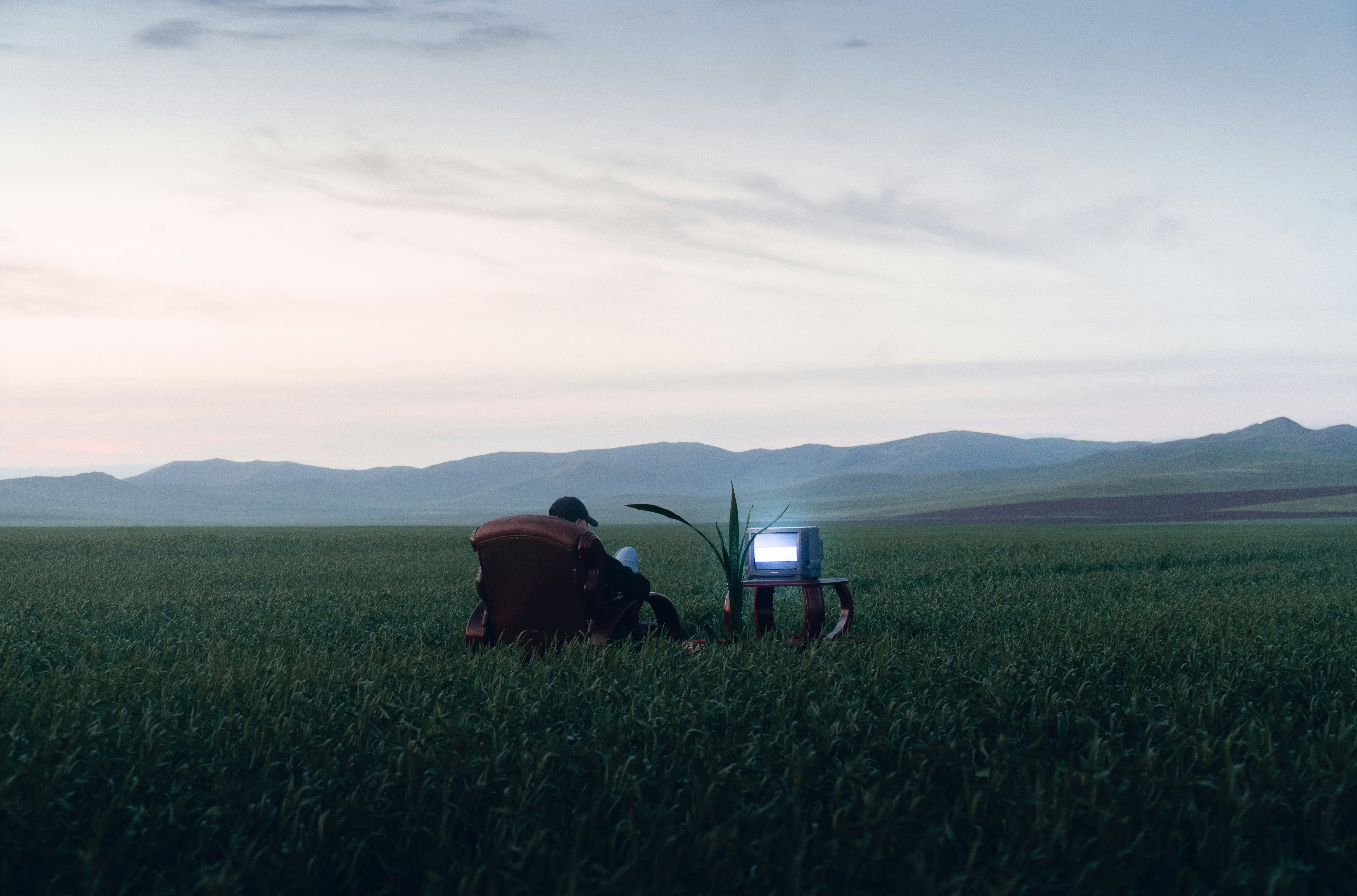Emus: Greater warriors than humans!?
May 15, 2025
The Great Emu War: A Lesson in Ecocentric Design and Non-Human Agency
In 1932, Australia found itself facing an unexpected opponent in what became known as the Great Emu War, a military campaign against large, flightless birds that decimated crops in Western Australia. While the incident is often recounted with humour, it also offers an intriguing perspective on the intersection of human intervention and non-human agency, resonating with the principles of more-than-human design explored in my thesis, NonSense Bazaar: Designing for Shared Worlds.
The Great Emu War was sparked by the arrival of over 20,000 emus, driven to farmlands in search of food after land-clearing practices had altered their habitat. Faced with crop destruction and economic strain, farmers and the government decided to deploy soldiers with machine guns, hoping to eliminate the problem. However, the emus proved to be more than just passive victims. They actively engaged in this conflict, evading soldiers and continuing their destructive path, demonstrating resilience and a surprising ability to adapt to human-made challenges.
From the perspective of ecocentric and more-than-human design, this "war" underscores the failure of a strictly anthropocentric mindset. The military response to the emu problem, an attempt to dominate and control nature, highlighted the limitations of human-centred approaches when dealing with ecosystems that involve multiple, non-human actors. The emus, in their determination and ability to navigate the changes imposed by human activity, became agents in their own right, challenging human-centric solutions to ecological problems.
In speculative and critical design frameworks, such as the one I am developing, we emphasise the importance of considering non-human stakeholders, like the emus, in the design process. The Great Emu War is a poignant reminder that human actions can create unforeseen consequences for other species. Rather than viewing the emus as an obstacle to be eradicated, more-than-human design asks us to engage with these beings as co-creators of the ecosystem, acknowledging their agency and role in shaping the world around us.
Ultimately, the emus “won” this war not just by outsmarting the soldiers, but by demonstrating the inherent complexity and autonomy of non-human entities in the face of human domination. This historical episode offers critical insights into how design, governance, and interventionist strategies must evolve to account for the rights and roles of all species within our shared world. The Emu War is not just a quirky footnote in history. It is a compelling lesson in the importance of integrating more-than-human perspectives into our design practices.



